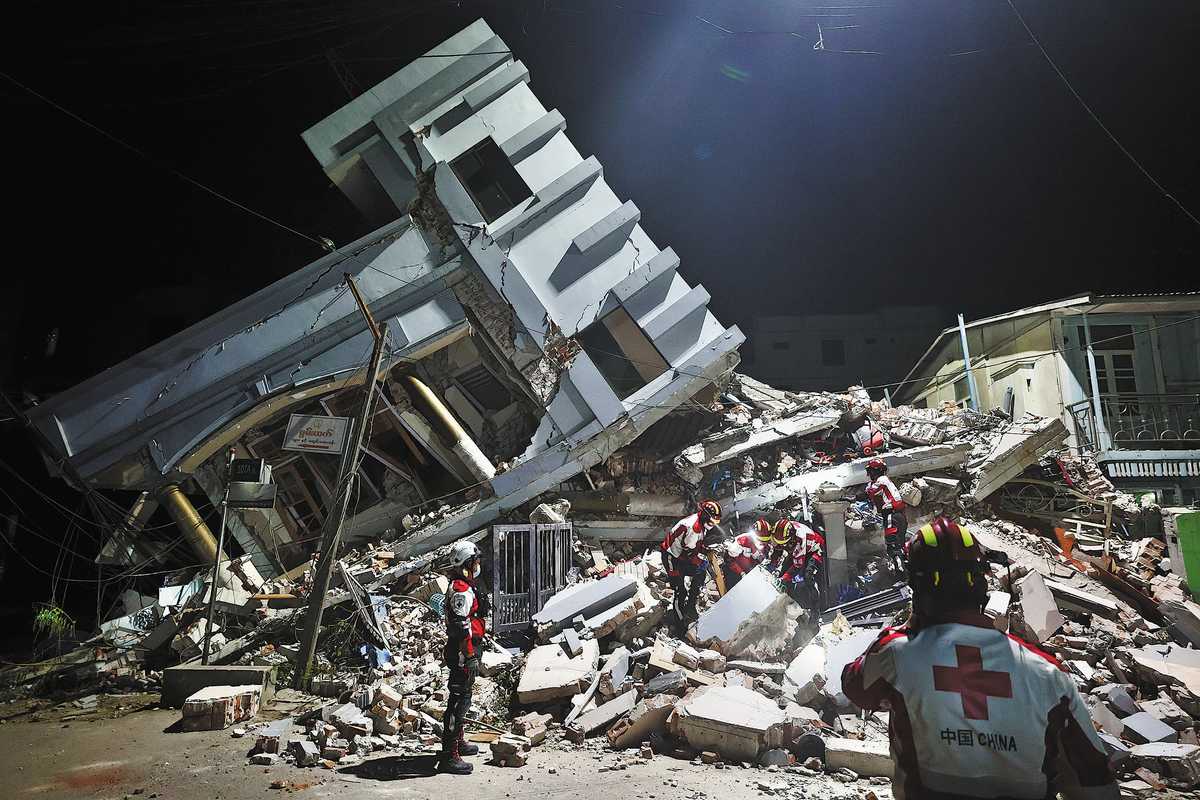Time to lend a hand
Myanmar earthquake survivors without food, drinking water and shelter as death toll rises
Updated: 2025-04-03 14:48

"We remain, of course, deeply committed to reaching people in Myanmar who need aid," UN spokesperson Stephane Dujarric said. "And we must act swiftly to provide relief before the upcoming monsoon season, which, of course, will even worsen this horrendous crisis."
Huge impact
Scientists emphasized the seismic event's significant force and the factors contributing to its impact.
US geologist Jess Phoenix described the earthquake's energy release as equivalent to 334 atomic bombs, warning that aftershocks will continue to pose a significant threat for months.
She highlighted the ongoing collision of the Indian and Eurasian tectonic plates as a continuing source of seismic activity.
The Science Media Centre in the United Kingdom has compiled expert commentary, revealing a consensus on the earthquake's destructive potential.
Ian Watkinson, scholar from Royal Holloway, University of London, echoed these concerns, noting the earthquake's likely propagation along the Sagaing Fault, potentially up to 200 kilometers.
He highlighted the vulnerability of Mandalay and other regional cities, which have experienced rapid high-rise concrete construction, often on the floodplains of the Irrawaddy River.
Giving aid
Rescue workers, sniffer dogs, paramedics and millions of dollars in aid have begun arriving in Myanmar after a massive earthquake ravaged much of the country.
China has announced $14 million in assistance for Myanmar, including 1,200 tents, 8,000 blankets and 40,000 first aid kits.
Chinese teams that arrived 18 hours after the quake and more than 400 Chinese personnel are now on the ground in the region.
























